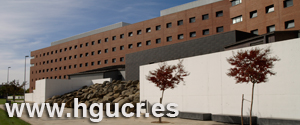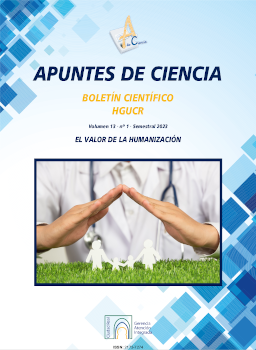Intubación nasotraqueal con fibrobroncoscopio bajo sedoanalgesia en paciente con sospecha de vía aérea difícil diagnosticada de tumoración glótica.
Redondo Sanchez J.1, Pascual Salas M.1, Baladron Gonzalez V.1, Pardo Mora M.J.2, Sanchez Cortes S.1, Redondo Calvo F.J.1
Correspondencia: Jorge Redondo Sanchez. Email: jredondo@sescam.jccm.es
Palabras clave: :vía aérea difícil|tumor glótico|fibrobroncoscopio|paciente despierto
| remifentanilo
Resumen
Introducción: La artritis reumatoide es una enfermedad inflamatoria sistémica autoinmune
que se caracteriza por una inflamación persistente de las articulaciones.
Presentación del caso: Mujer de 49 años, diagnosticada de tumoración glótica con
antecedentes personales de artritis reumatoide evolucionada. Tratándose de una paciente con
vía aérea dífcil prevista se decide realizar la intubación por ví a nasal con fibrobroncoscopio
en respiración espontánea. La intervención se realiza bajo anestesia general balanceada y
monitorización estándar.
Discusión: El manejo de la vía aérea difícil es posiblemente el campo que más preocupa al
anestesiólogo, ya que nos encontramos ante una situación en la que tenemos que tomar medidas
y decisiones urgentes y eficaces.
Conclusión: La intubación con fibrobroncoscopio y con el paciente despierto permite afrontar
de forma segura el manejo de pacientes que presentan alteraciones morfológicas en la vía aérea.
Keywords: dicult airway | glottic tumor | beroptic bronchoscope | awake patient |
remifentanil
Abstract
Introduction: Rheumatoid arthritis is an autoimmune systemic inflammatory disease
characterized by persistent inflammation of the joints.
Case report: 49-year-old woman diagnosed with glottic tumor with a personal history of
evolved rheumatoid arthritis. In the case of a patient with a dicult airway, it is decided to perform
nasal intubation using a fibeberoptic bronchoscope in spontaneous breathing. The intervention is
performed under general anesthesia balanced and standard monitoring.
Discussion: The management of the dicult airway is possibly the eld that most concerns
the anesthesiologist, since we are faced with a situation in which we have to take urgent and
efective measures and decisions.
Conclusion: The technique with fiberoptic bronchoscope and with the awake patient allows
a safe management of patients with morphological alterations in the airway.














Palabras Clave: vía aérea difícil|tumor glótico|fibrobroncoscopio|paciente despierto | remifentanilo